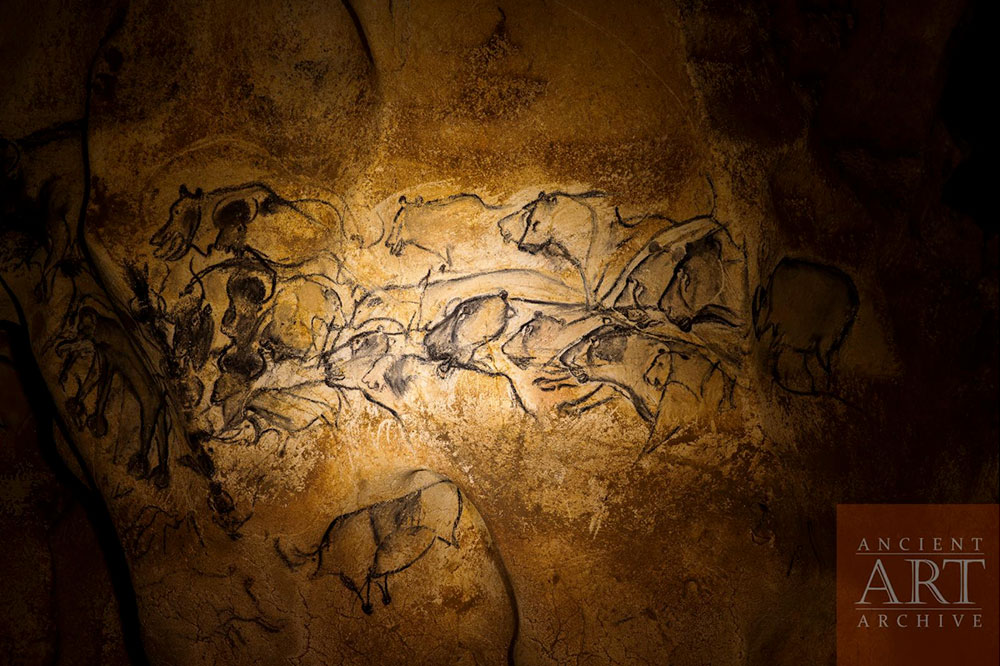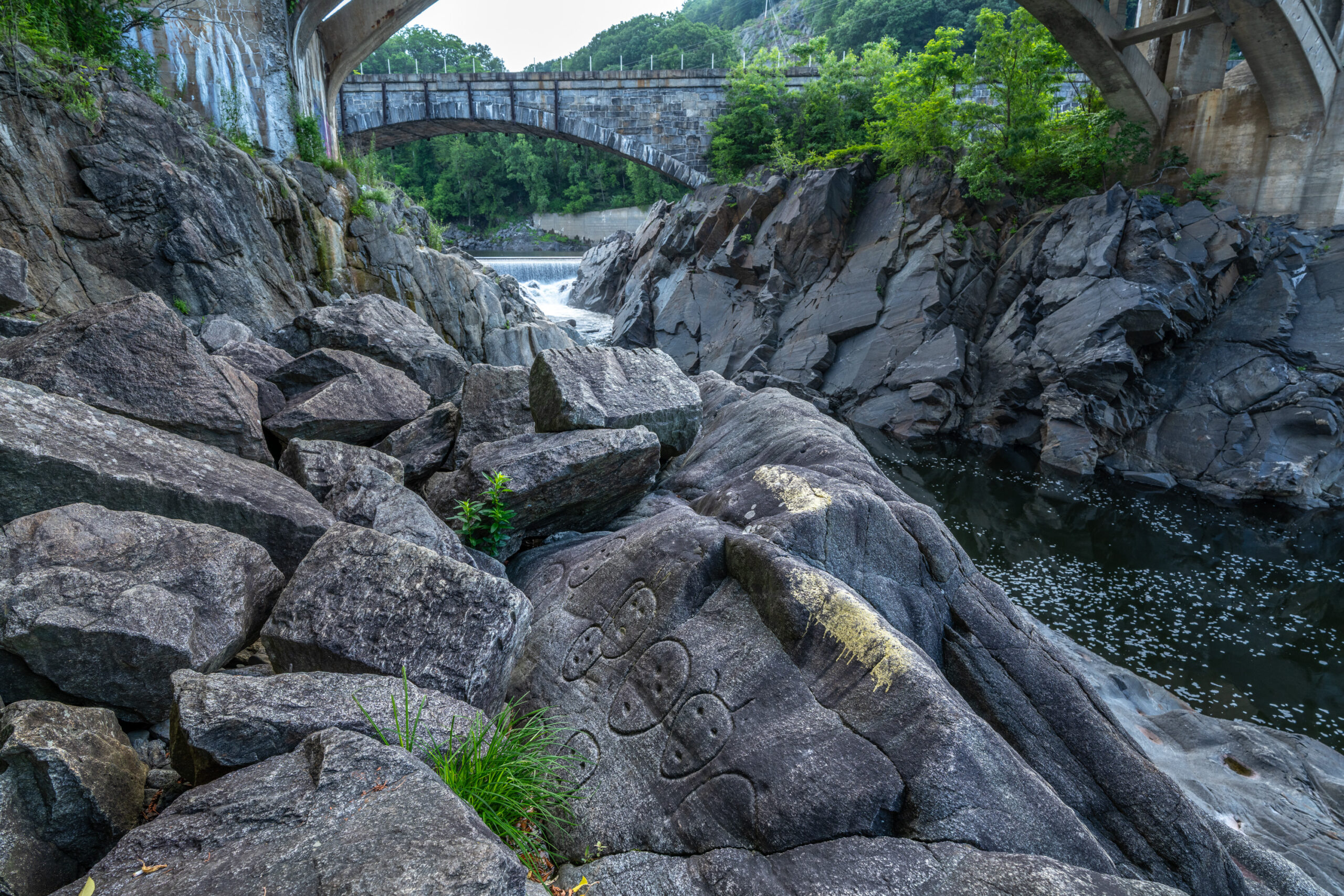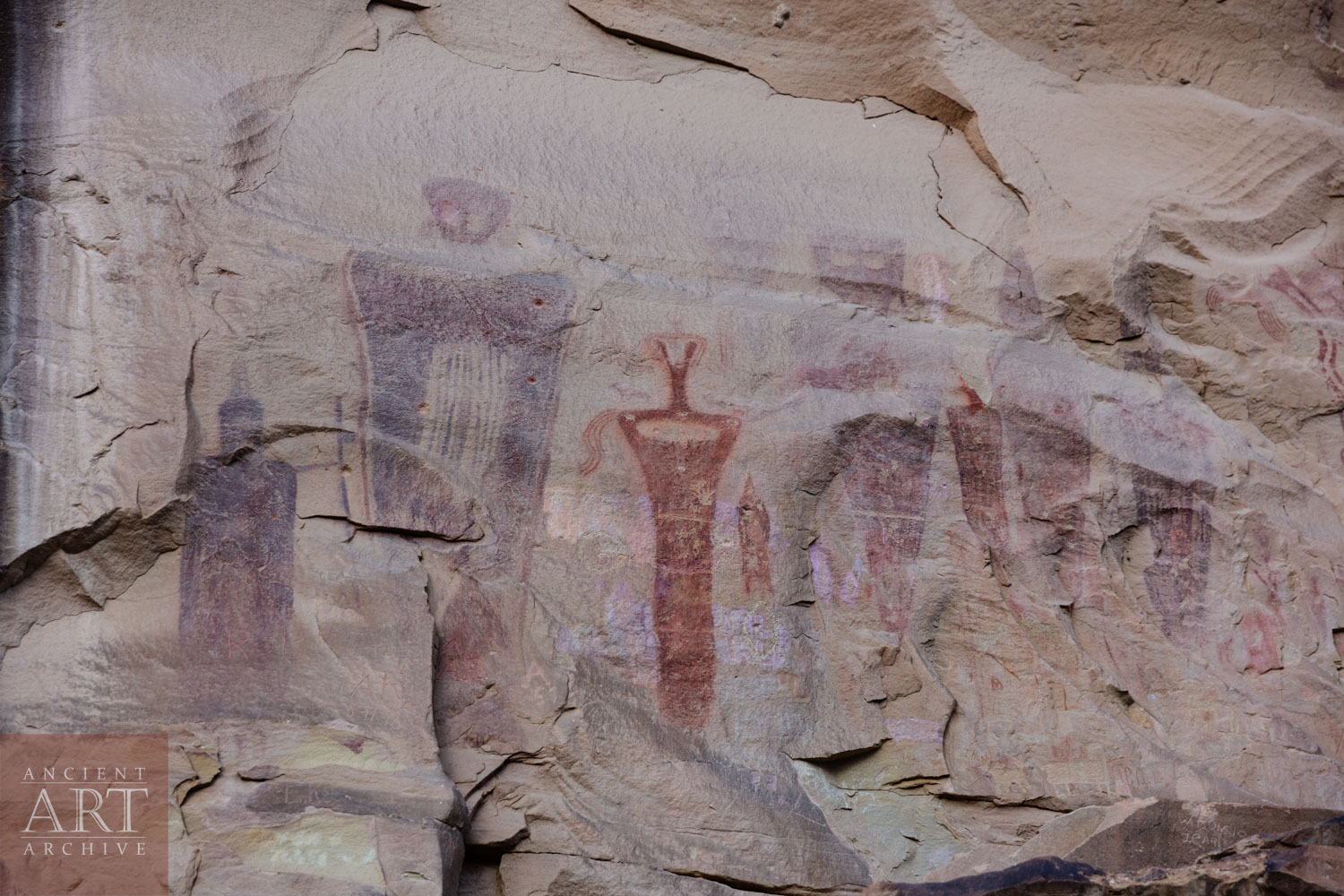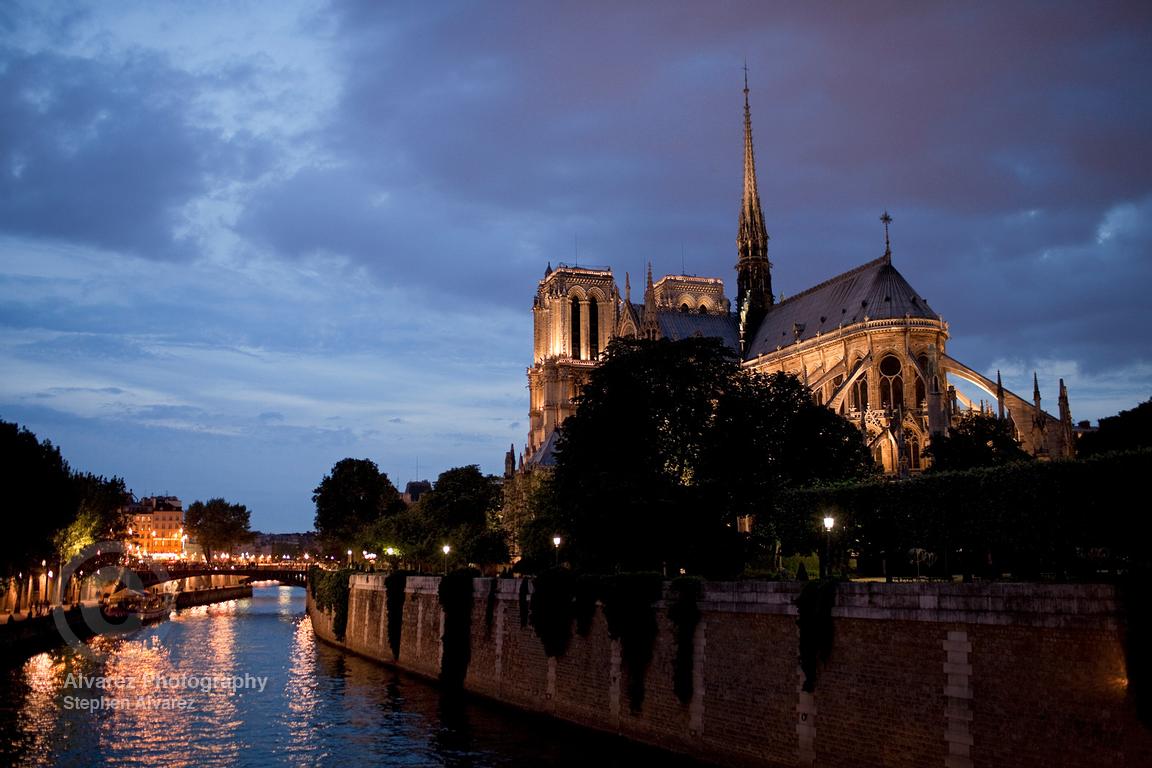The discovery of Chauvet Pont d’Arc cave on December 18, 1994 shocked the world. A team of explorers lead by Jean-Marie Chauvet squeezed through a tiny rock opening in the gorge of the Ardèche River in Southern France.
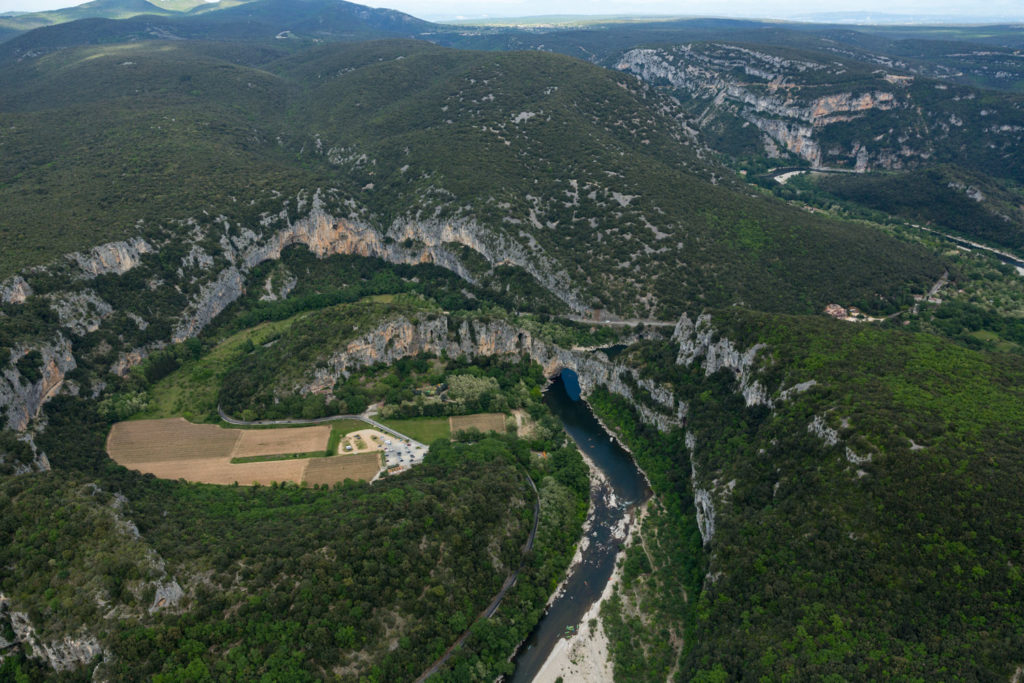
Inside, they discovered a previously unknown cave filled with paleolithic cave paintings.
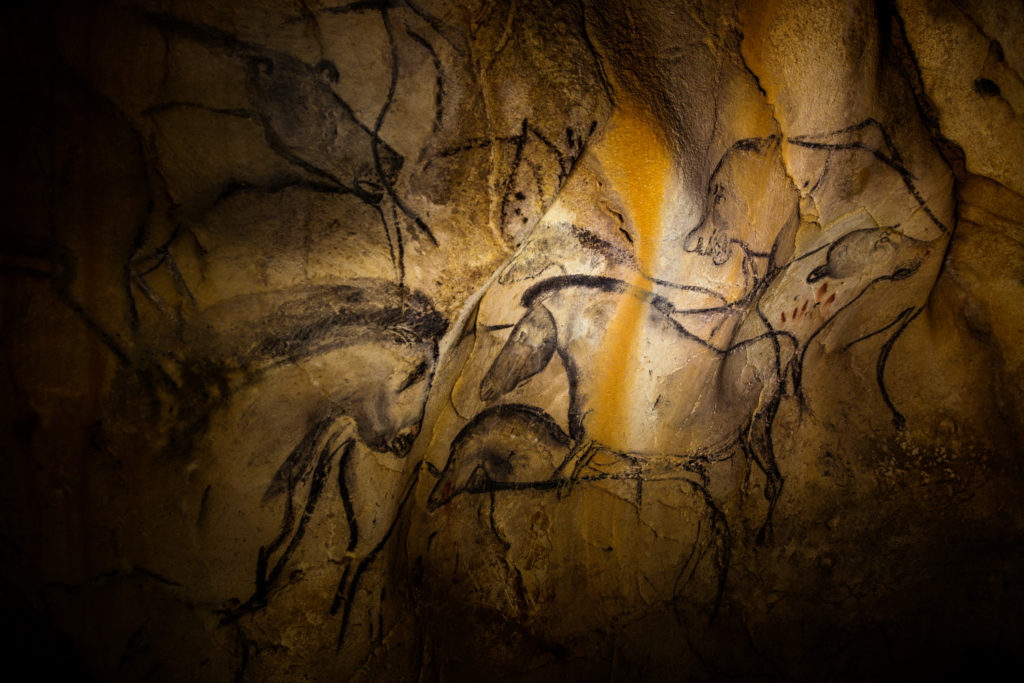
Unknown to modern humanity, that is.
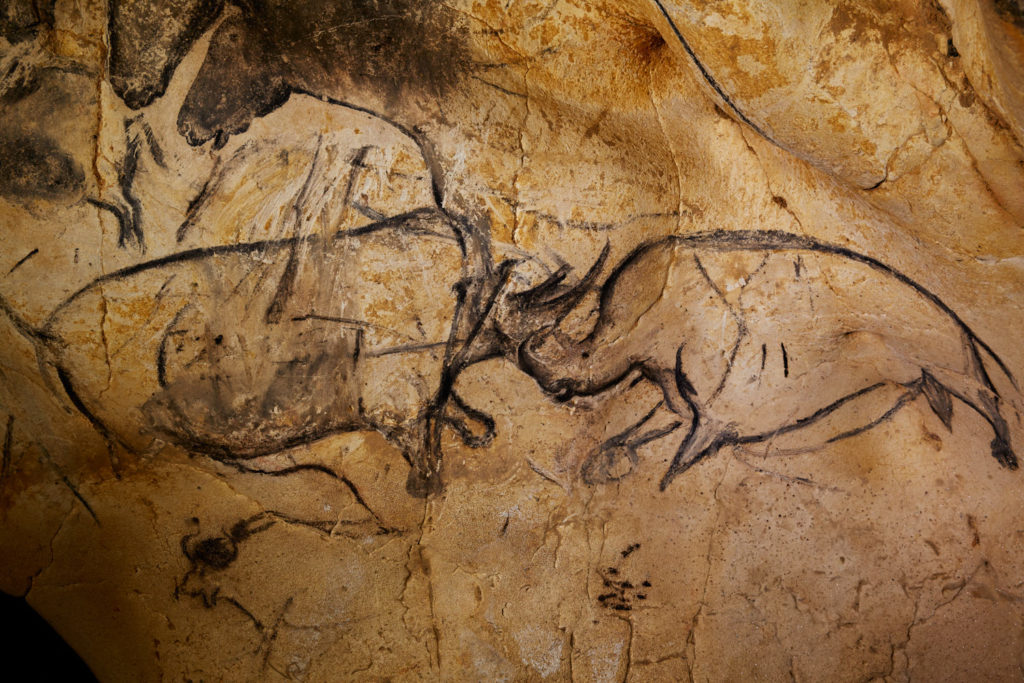
They obviously weren’t the cave’s first human visitors, for artwork of unimaginable antiquity covered the walls.
They stood in awe, surrounded by paintings, charcoal drawings, and etchings of transcendent artistic beauty.
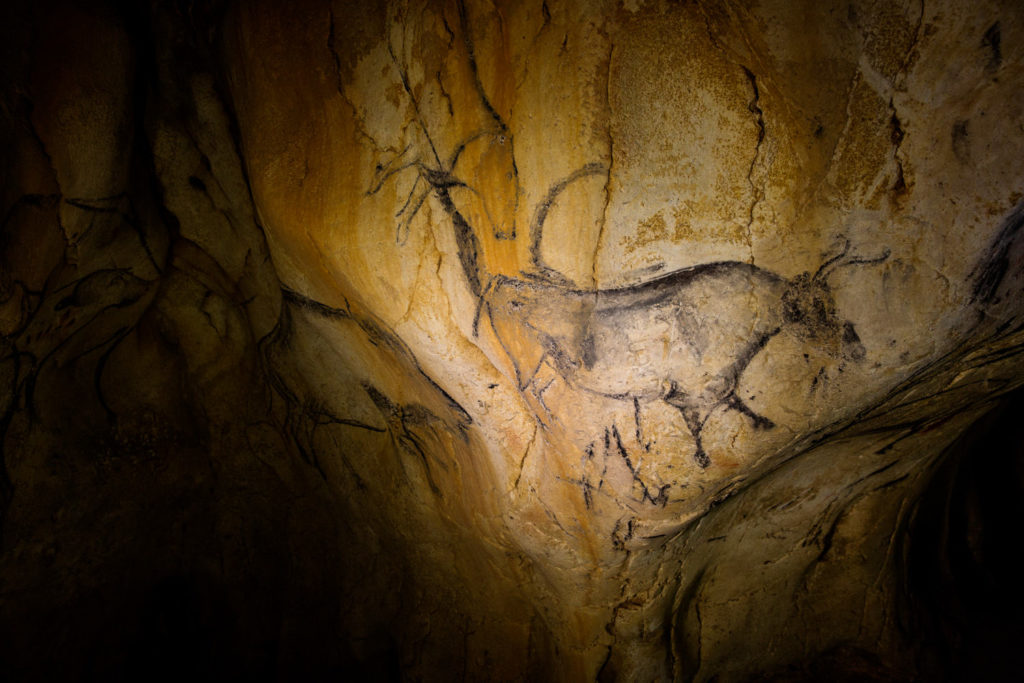
The skills of the artists shone through the dim eons. Our distant ancestors had used perspective, shading, and the natural contours of the cave to enhance the aesthetic glories of the Ice Age menagerie roaming the walls. The artists had created images of cave lions and panthers, woolly rhinos, hyenas, bison, megaloceros, and mammoths among cave bears, an owl, horses, stags, ibex, musk oxen, and the outline of a human hand. Flickering ancient torchlight would have gifted movement to the magnificent creatures.
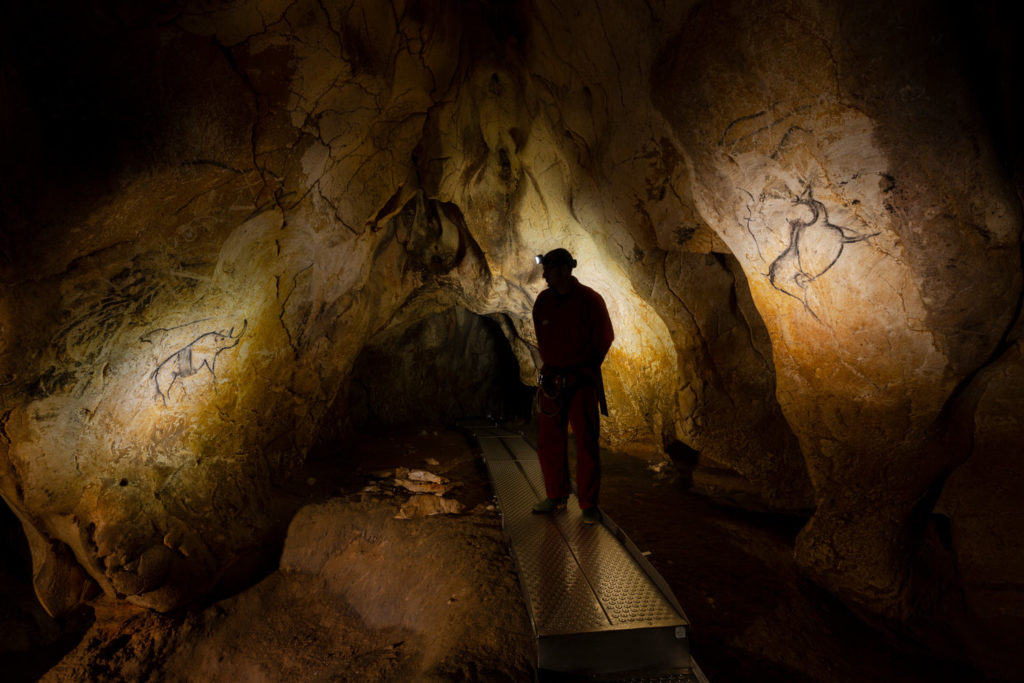
Many of the depicted animal species had gone extinct or vanished from Europe thousands of years before. Subsequent studies proved the images to be up to 37,000 years old.
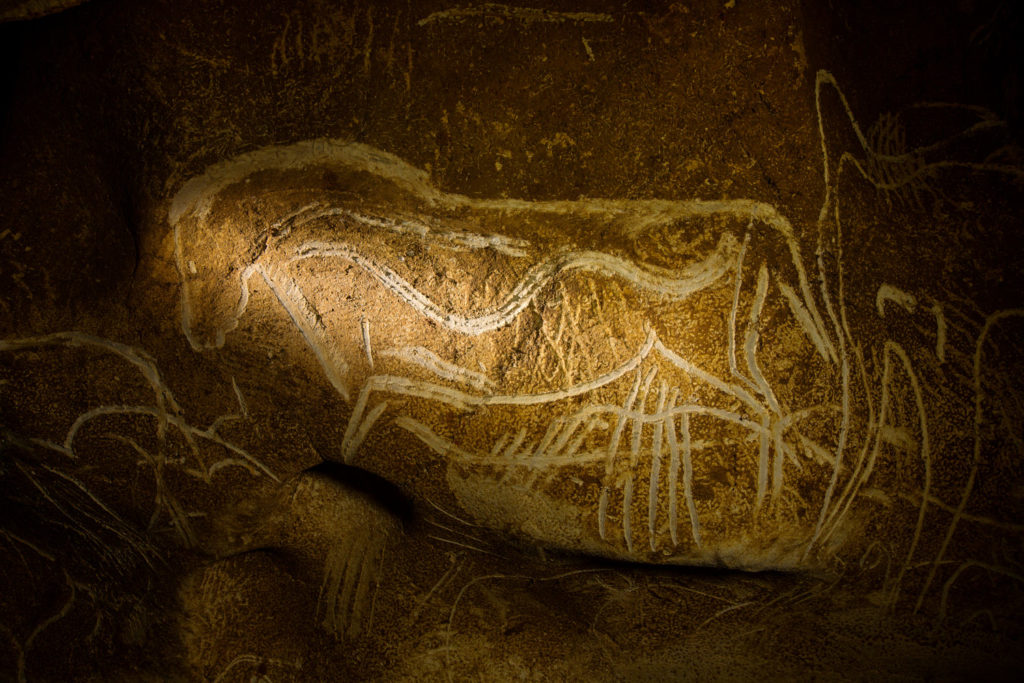
Although we have no way of knowing exactly what the images meant to their creators, the existence of such a Sistine Chapel of ancient art forever quashed the idea that our “primitive” ancestors somehow lacked the intellectual sophistication of modern humans.
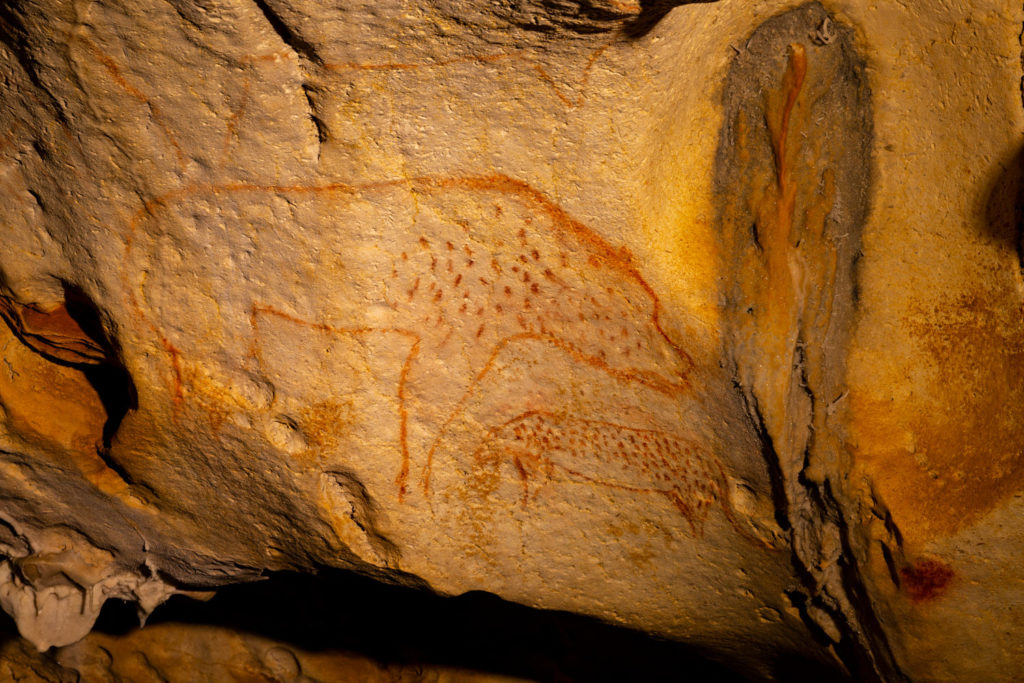
A collapse sealed the cave’s original entrance some 21,000 years ago.
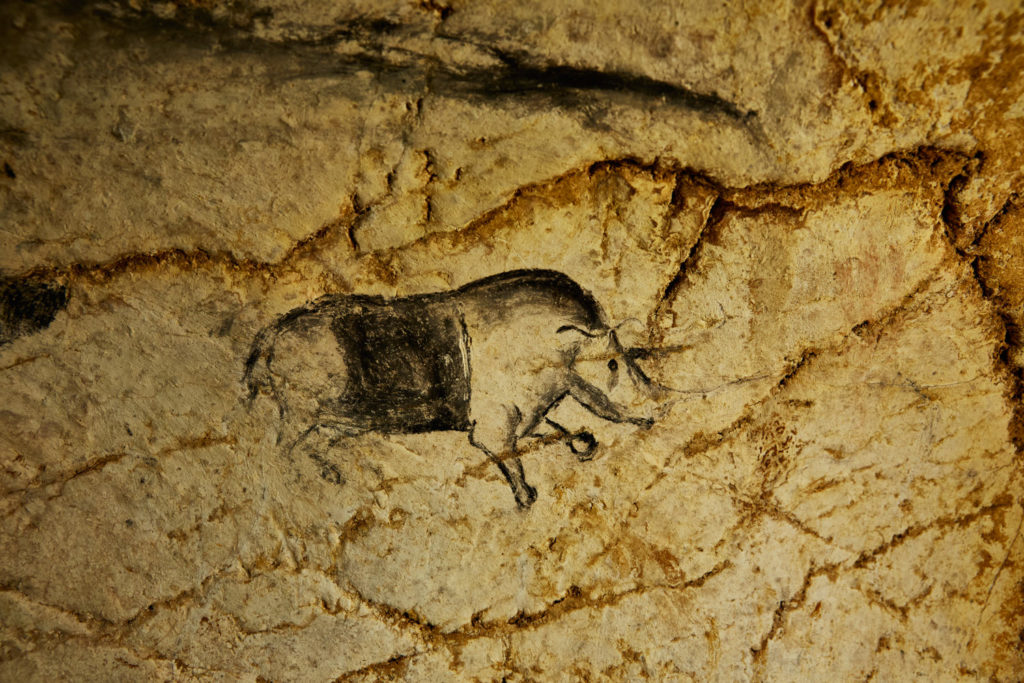
Without our urge to explore—to expand the boundaries of human knowledge, to see, learn, create, and feel things no person has ever experienced—we moderns would live in ignorance of the artistic treasures our distant ancestors brought forth on the walls of Chauvet’s Cave.
Keep scrolling down to see more incredible images from Chauvet.
March 2021
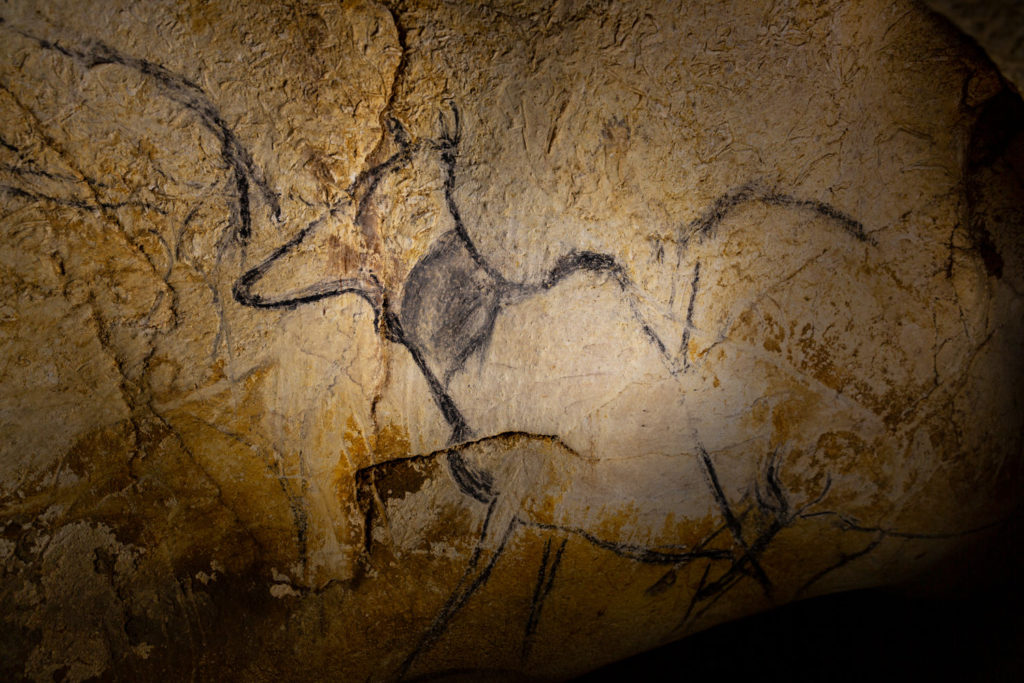
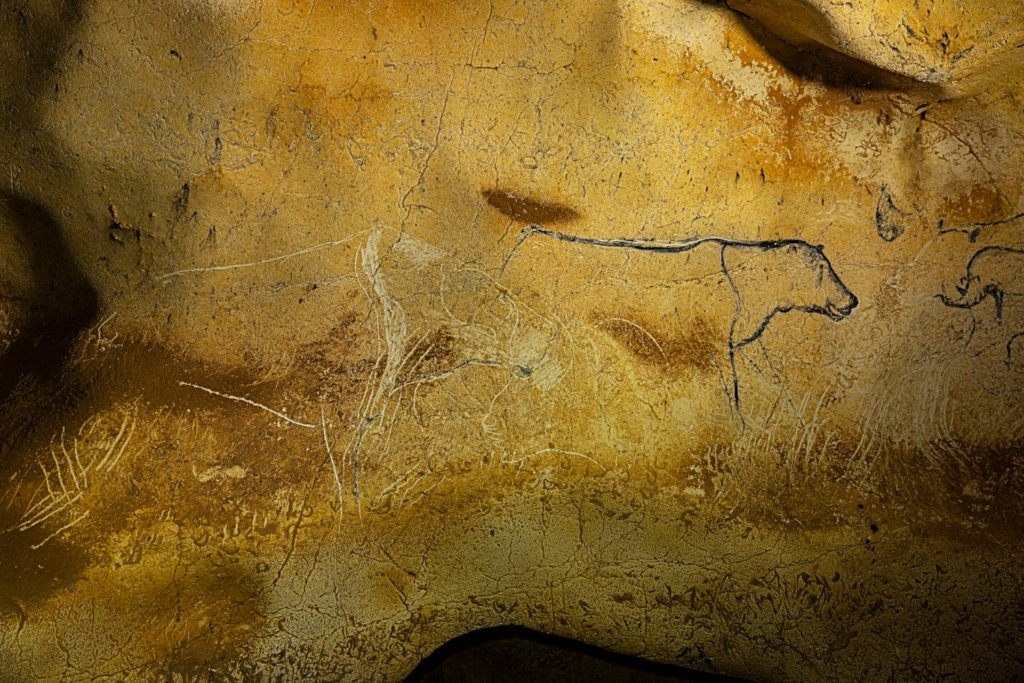
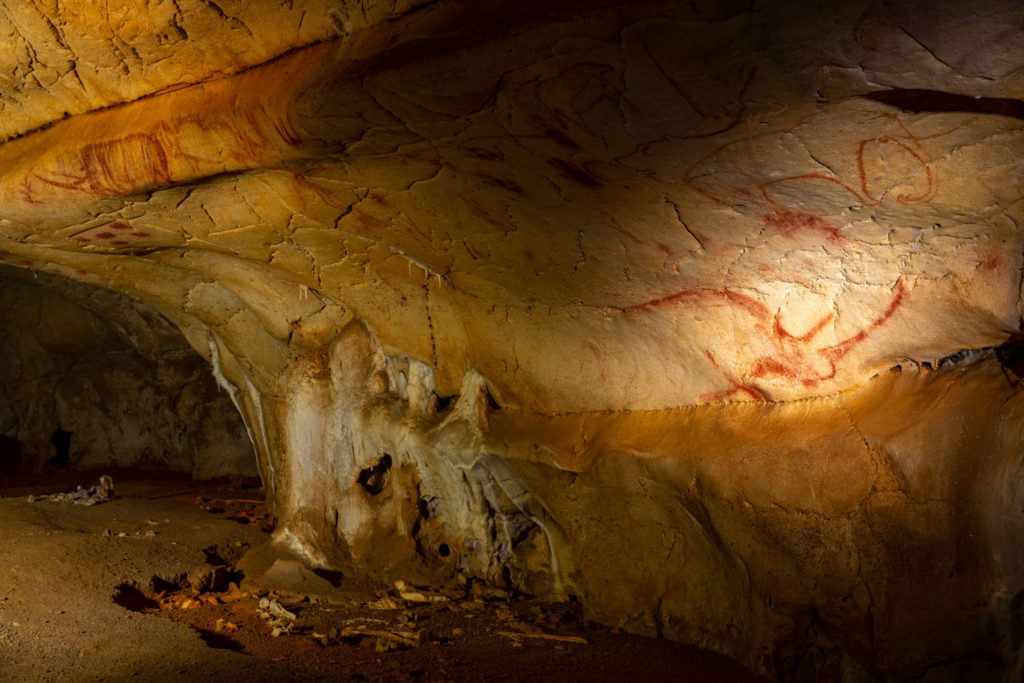
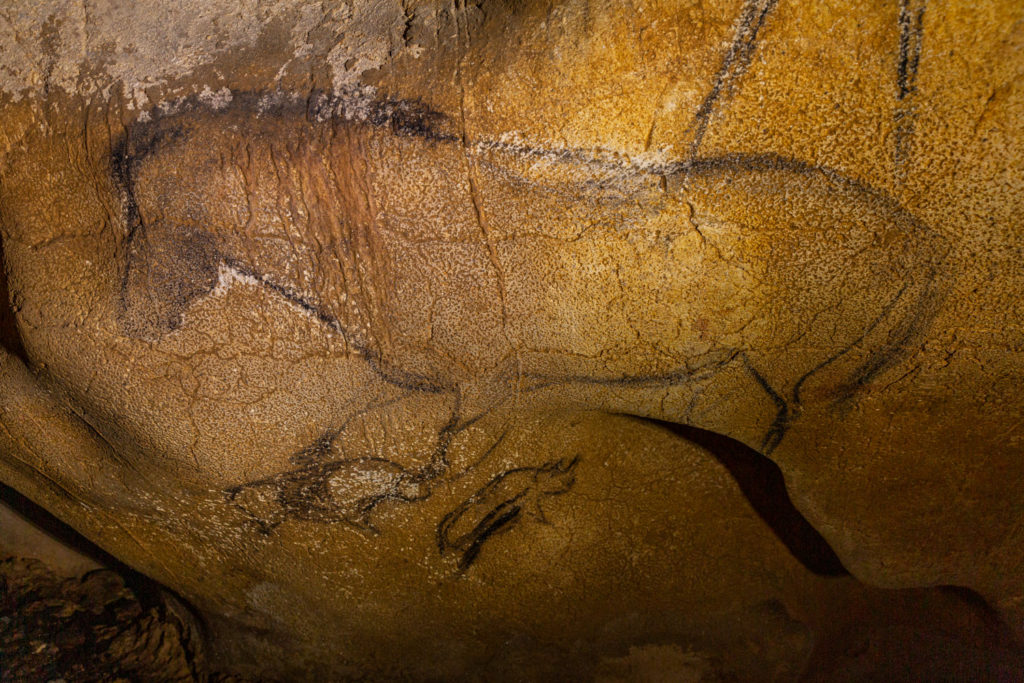
Story by Gregory Crouch
All images copyright Stephen Alvarez
Limited edition Chauvet prints are available here(Chauvet Portfolio). Print sales help fund the Ancient Art Archive.
Resources:
